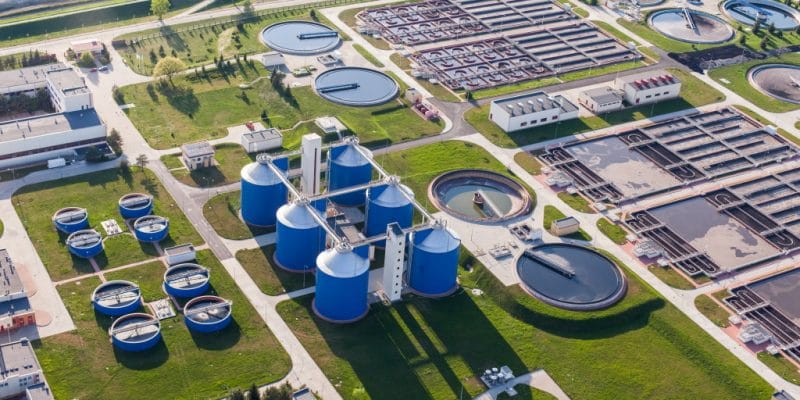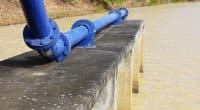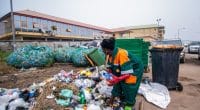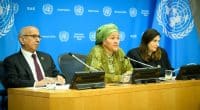According to the forecasts of Amendis, which provides the public water and sanitation service in Tangiers, the reuse of treated wastewater in the region will make it possible to save 2.8 million m3 of water by 2023. This is a viable alternative to the water stress that Morocco has been experiencing for several months.
Morocco is relying more than ever on non-conventional water resources. The North African kingdom is facing unprecedented water stress, which is pushing regions and municipalities to invest more in systems for reusing treated wastewater. In the Tangier-Tetouan-Al Hoceïma region, the public service delegate for electricity, water and sanitation, Amendis, is revising its ambitions upwards for the coming years.
The local subsidiary of the French group Veolia wants to save 2.8 million m3 of drinking water by 2023. This water will be compensated for by treated wastewater used for watering green spaces. Amendis started the “reuse” since 2016 with the rehabilitation of the first wastewater treatment plant in Boukhalef with a capacity of 11,000 m3 per day.
Additional investments
The company has also built a second water treatment plant in Boukhalef, with an additional capacity of 32,000 m3 per day. This wastewater has been used to water at least 135 hectares since the beginning of 2016. This surface area will soon be increased by 150 hectares thanks to the extension of the watering network for green spaces over a linear distance of approximately 69 km.
Read also- MOROCCO: Faced with water stress, Casablanca relies on drinking water rationing
Thus, between 2016 and 2021, the recovery of treated wastewater has made it possible to save 6.3 million m3 of drinking water. These non-conventional water resources allow the watering of 285 hectares of green spaces in Tangier and Gzenaya, i.e. 75% of the surface area of the two municipalities. For the period from 2023 to 2024, Amendis plans to expand this irrigated area through the construction of a new 18,000 m3 per day water treatment plant in Bougdour.
This work will require an investment of 124 million Moroccan dirhams, or nearly 12 million euros. The financing will be shared between the Tangier-Tetouan-Al Hoceima Regional Council and the municipalities of Tangier and Gzenaya, as well as the partners of the National Liquid Sanitation and Wastewater Treatment Programme. Like Tangier, other Moroccan regions are betting on “reuse”. This is the case in Casablanca-Settat, where the public utility Lydec (a subsidiary of the Suez group, editor’s note) uses treated wastewater from the Mediouna wastewater treatment plant to irrigate an experimental urban agriculture plot in Greater Casablanca.
Jean Marie Takouleu







